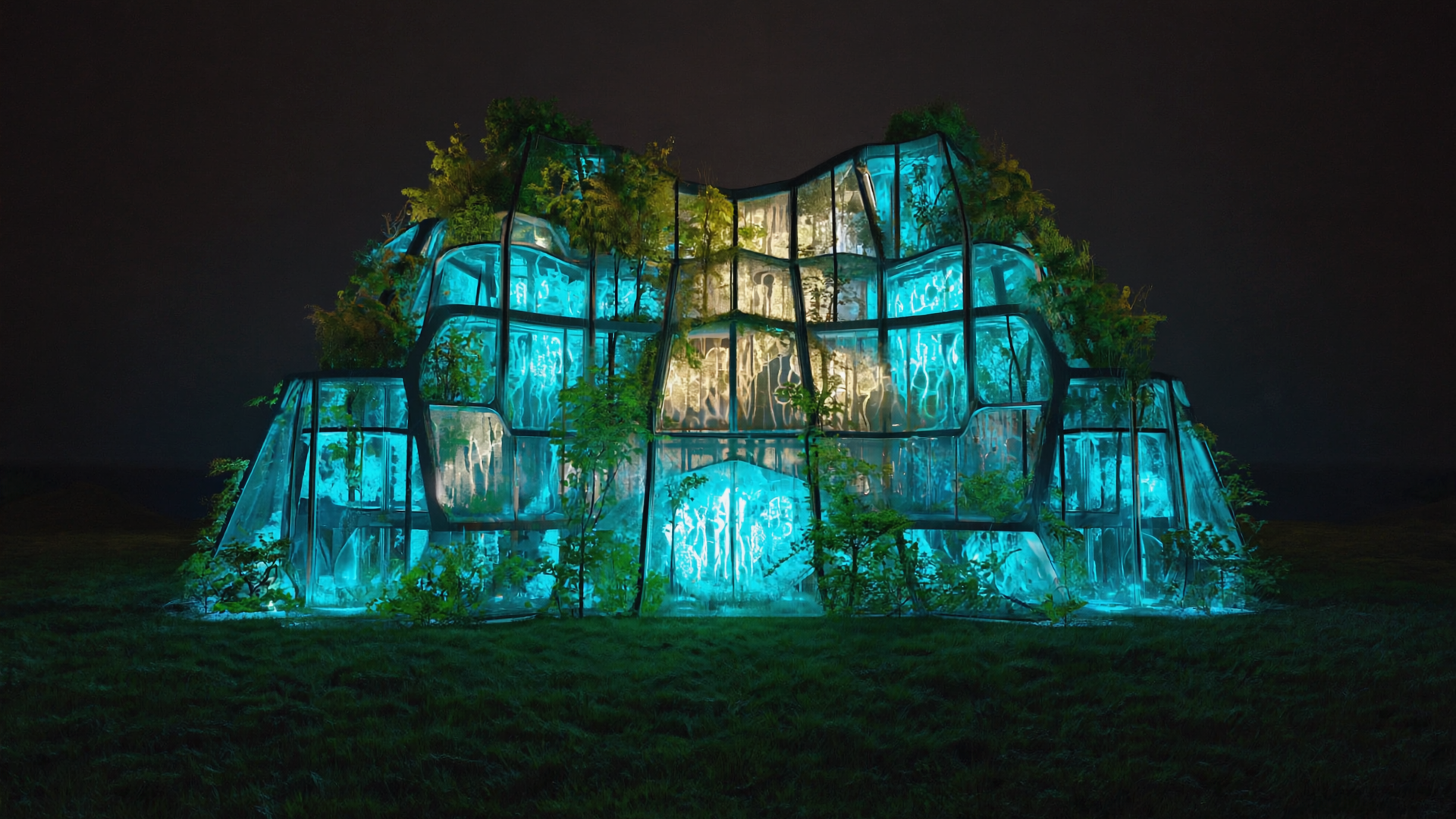In an era urgently calling for a paradigm shift away from extractive industries and towards a harmonious coexistence with our planet, the most profound innovations are often those that look to nature not just for inspiration, but as a direct collaborator. At Stanford University, within the cross-pollinating intellectual biosphere of its renowned Bio-X program, a quiet revolution is taking root. The “FloraForma” initiative is not merely dabbling in sustainable materials; it is pioneering a future where the objects that surround us—our clothes, our homes, even our art—are not manufactured in the traditional sense, but cultivated, grown from the very building blocks of life itself. This is bio-design reaching its most poetic, potent, and undeniably chic expression, where solving the world’s grand challenges looks, and feels, like witnessing a breathtaking new form of artistry.
Forget the sterile confines of traditional laboratories and factories. The ateliers of FloraForma are vibrant ecosystems where synthetic biologists, materials scientists, engineers, and designers converge, speaking a common language of cellular programming, bio-fabrication, and ecological aesthetics. They are, in essence, the new bio-artisans, learning to guide the inherent creative power of nature to produce materials and structures with properties that often surpass anything man-made, all while treading lightly, even restoratively, on the earth.
Imagine textiles that don’t just biodegrade but actively enrich the soil as they decompose, their fibers engineered from custom-designed yeasts or fungi that produce silk-like proteins or leather-like mycelium networks. Picture packaging that isn’t just compostable but “plantable,” embedded with seeds that sprout into wildflowers or herbs once its purpose is served, transforming waste into beauty. Envision architectural elements, perhaps even entire small structures, grown from resilient, self-healing bio-concretes or engineered wood that requires minimal processing and sequesters carbon as it matures. This is not just sustainable design; it’s regenerative design, a closed-loop system where human ingenuity amplifies nature’s genius.
The FloraForma project delves deep into the molecular realm, reprogramming microorganisms to become microscopic factories, producing bespoke polymers, pigments, and even light-emitting compounds. One team might be coaxing algae to produce vibrant, non-toxic dyes that could revolutionize the fashion industry, eliminating its reliance on polluting chemical processes. Another might be developing self-assembling biological scaffolds that can be “seeded” to grow intricate, three-dimensional forms for applications ranging from medical implants to delicate artistic installations. The precision is astounding, the potential limitless. It’s a world where materials possess an inherent intelligence, their properties fine-tuned at the genetic level for specific functions and aesthetic outcomes.
What truly sets FloraForma apart is its profound aesthetic sensibility. This isn’t merely about creating functional, “eco-friendly” alternatives. It’s about unlocking a new visual and tactile language, one that celebrates the organic, the imperfectly perfect, the inherently alive. The textures might be velvety, like moss, or possess a subtle, living iridescence. The forms might echo the elegant efficiency of a seashell or the branching logic of a tree. There’s an inherent beauty, a quiet luxury, in objects that carry the whisper of their biological origins, a story of growth and natural artistry. Stanford’s bio-artisans are proving that sustainability doesn’t have to mean sacrifice or austerity; it can be an invitation to a richer, more sensorially engaging material world.
This pioneering work is quintessentially Stanford, born from an environment that actively champions interdisciplinary collaboration and bold, “what if” thinking. The Bio-X program itself is a testament to this, bringing together brilliant minds from engineering, medicine, humanities, and the sciences, fostering the very cross-pollination necessary for such groundbreaking initiatives to thrive. The university provides not just the state-of-the-art laboratories and bio-fabrication facilities, but an intellectual culture that encourages risk-taking and embraces the challenge of tackling seemingly intractable global problems with audacious creativity.
The implications of FloraForma are far-reaching. In fashion, it could herald an era of truly circular, “living” garments that respond to their environment or even photosynthesize. In product design, it offers a pathway to objects that are not just disposable but genuinely earth-enriching. In art and architecture, it opens up entirely new expressive possibilities, allowing for the creation of dynamic, evolving works that blur the lines between the built and the grown. This is more than just a new set of materials; it’s a fundamental shift in our relationship with the material world, moving from a paradigm of consumption to one of cultivation and co-creation with nature.
Of course, the journey from laboratory marvel to mainstream reality is complex, requiring not only scientific breakthroughs but also innovations in scaling, regulation, and public perception. Yet, the visionaries at FloraForma are driven by a profound sense of purpose, understanding that the elegant solutions being cultivated within their labs hold the potential to address some of our most pressing ecological crises, from plastic pollution to deforestation to the carbon footprint of our industries.
The Photosynthetic Atelier, as one might imagine the heart of FloraForma, is not just a place of scientific discovery; it is a crucible where the future of sustainable luxury is being forged. Stanford is demonstrating that the most sophisticated designs, the most innovative solutions, and the most beautiful objects of tomorrow may not be those stamped out by machines, but those gently coaxed into existence by the patient, intelligent hand of nature, guided by human ingenuity. It’s a future where the materials that shape our world are not just inert, but alive with possibility, whispering a story of renewal, resilience, and a deep, abiding respect for the planet we call home.


